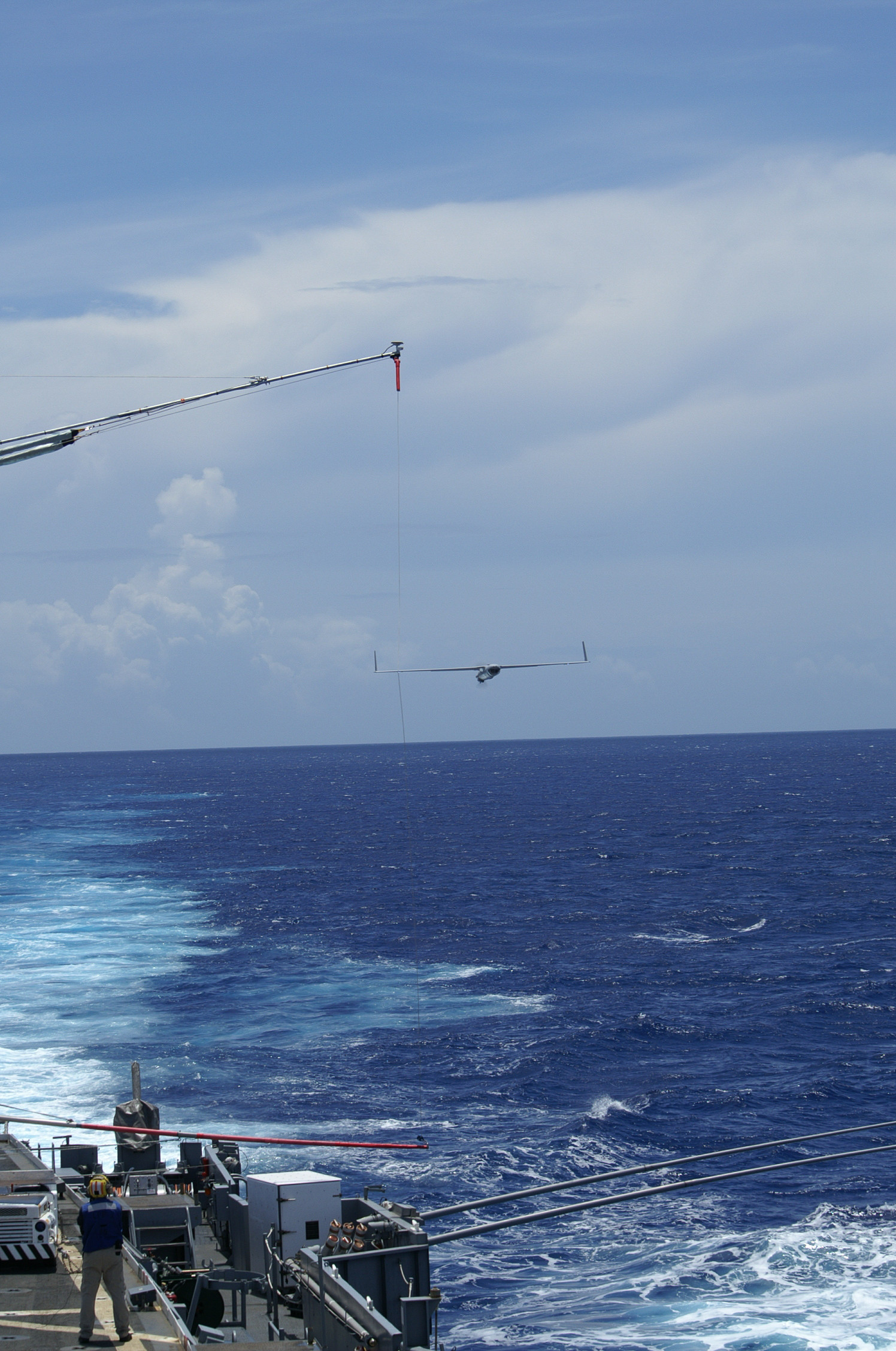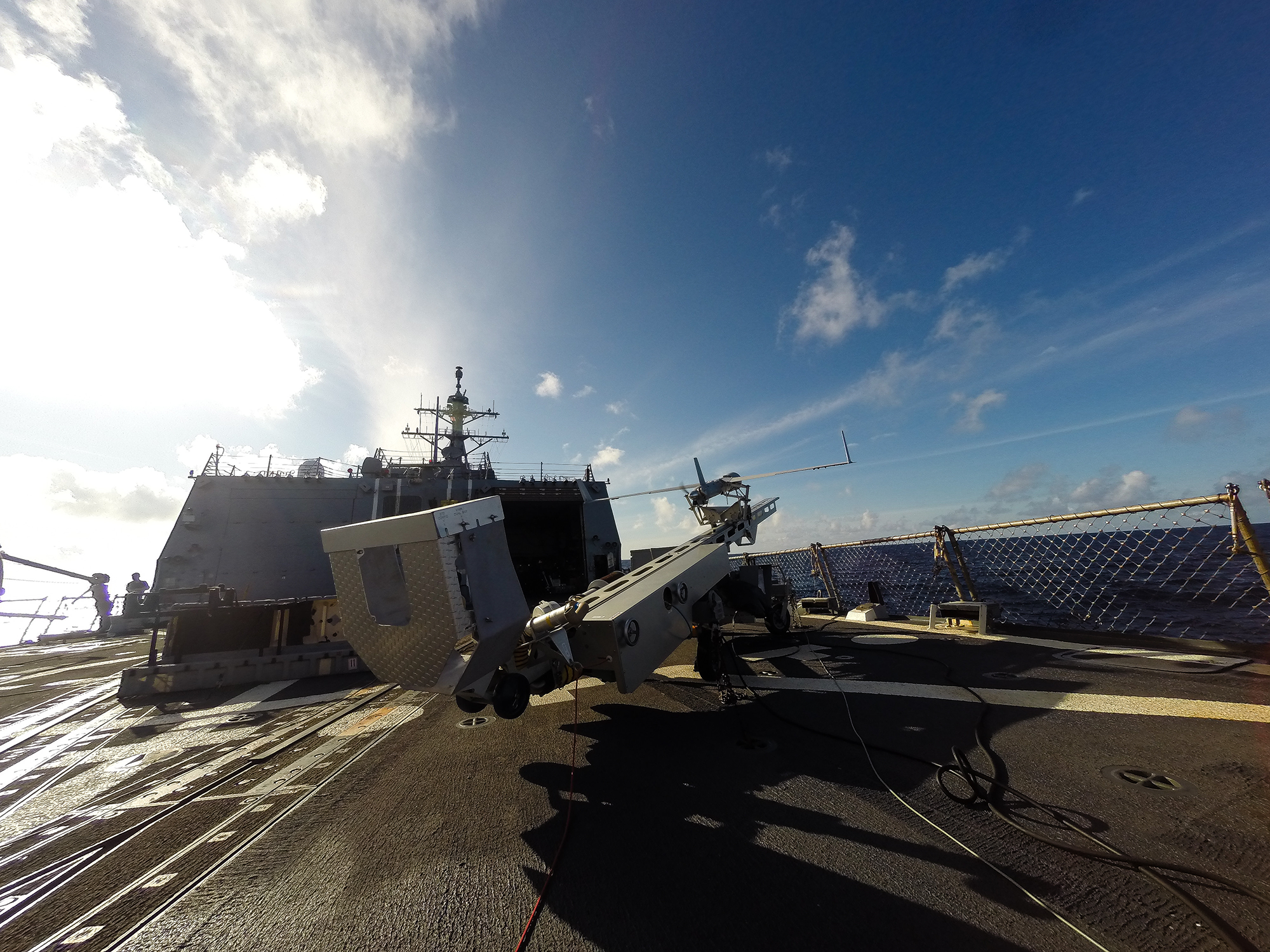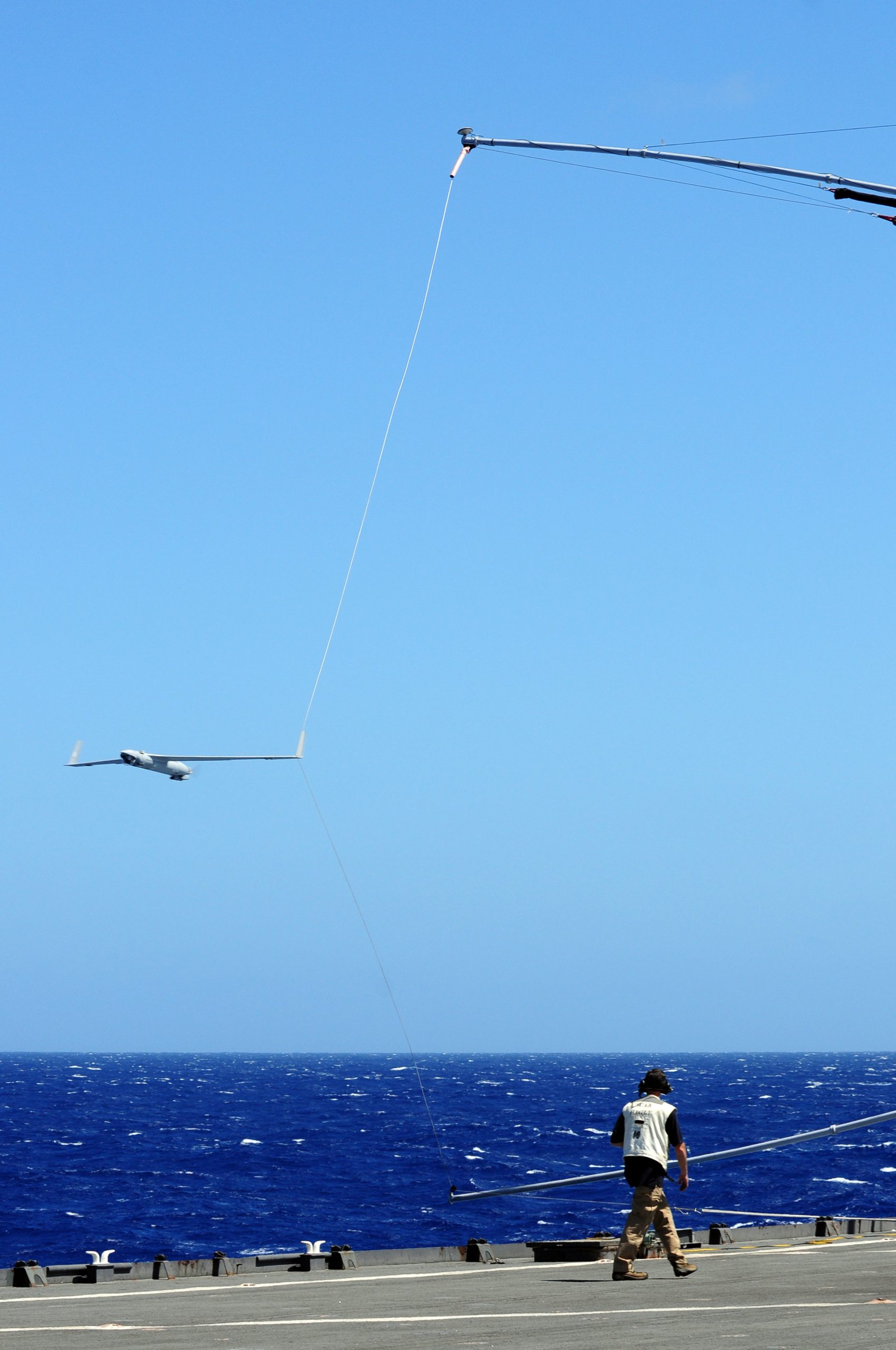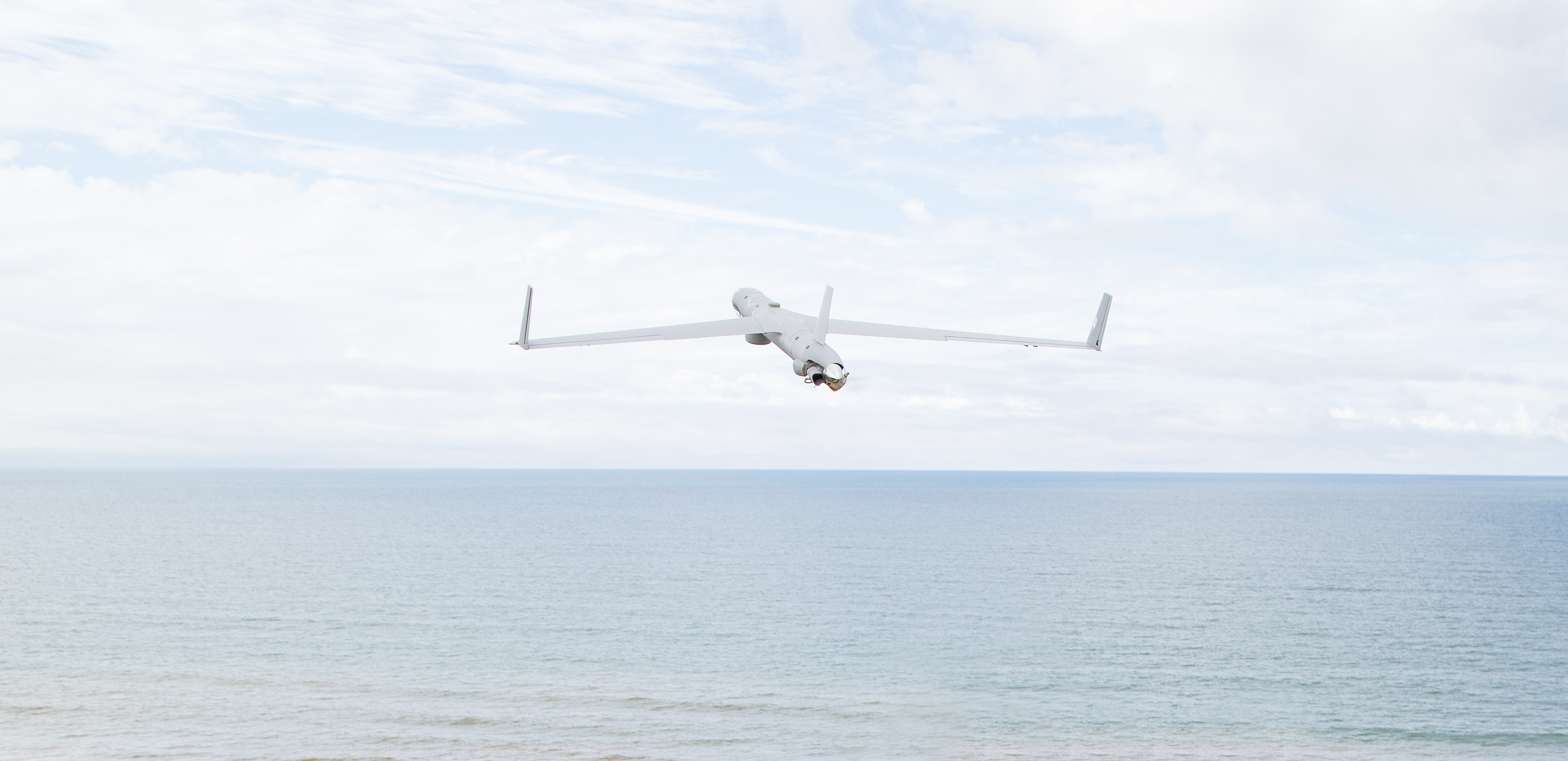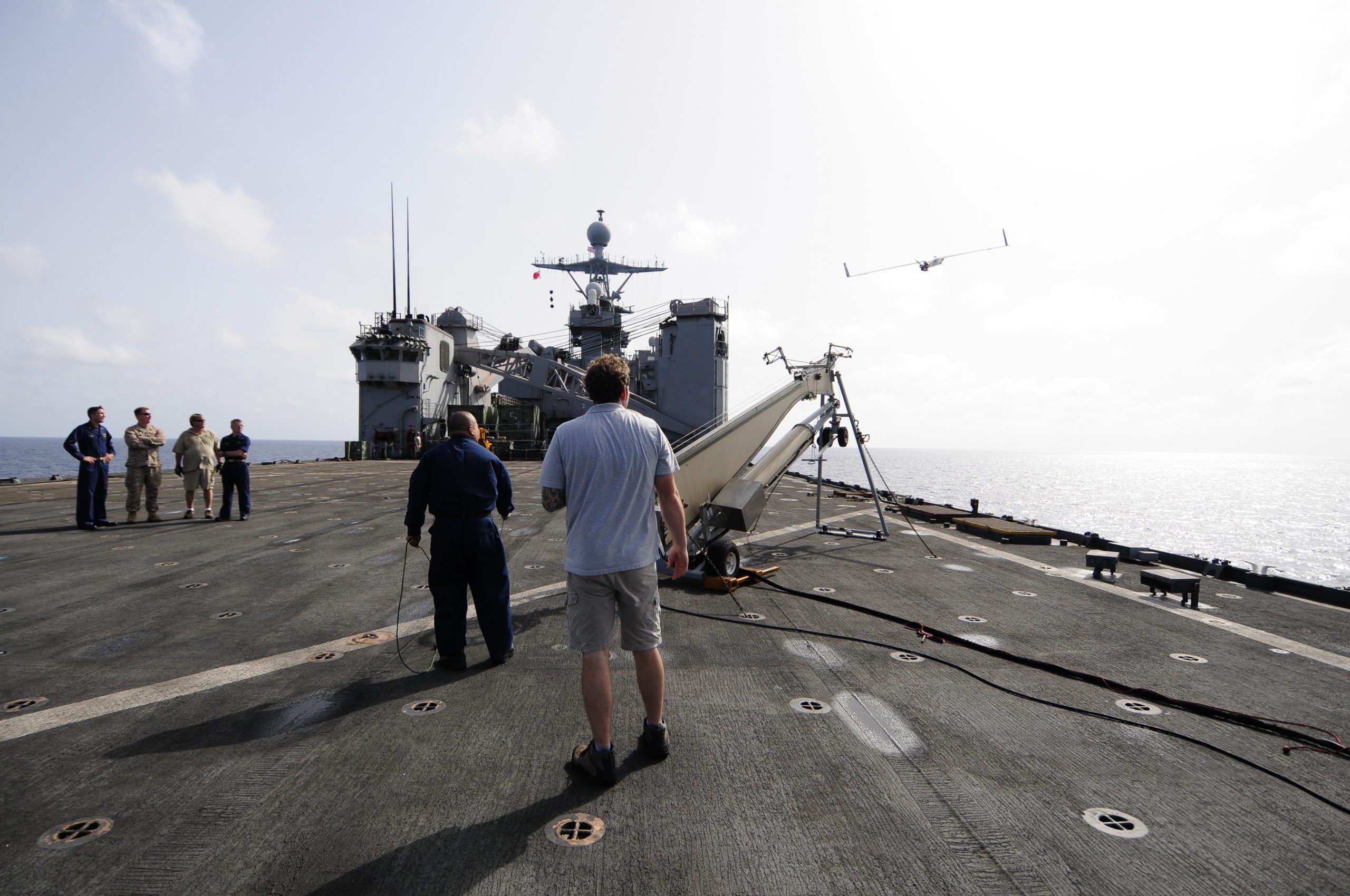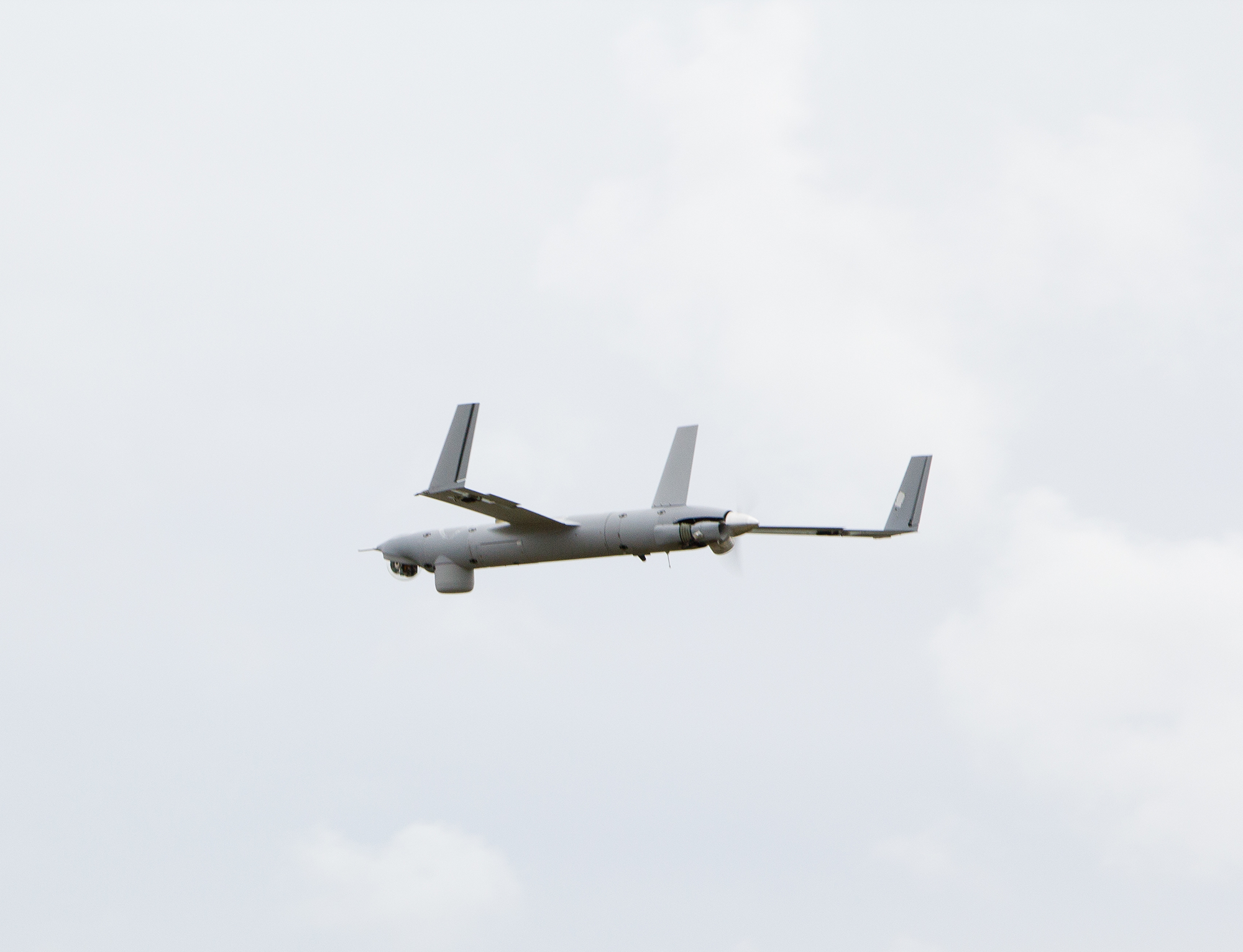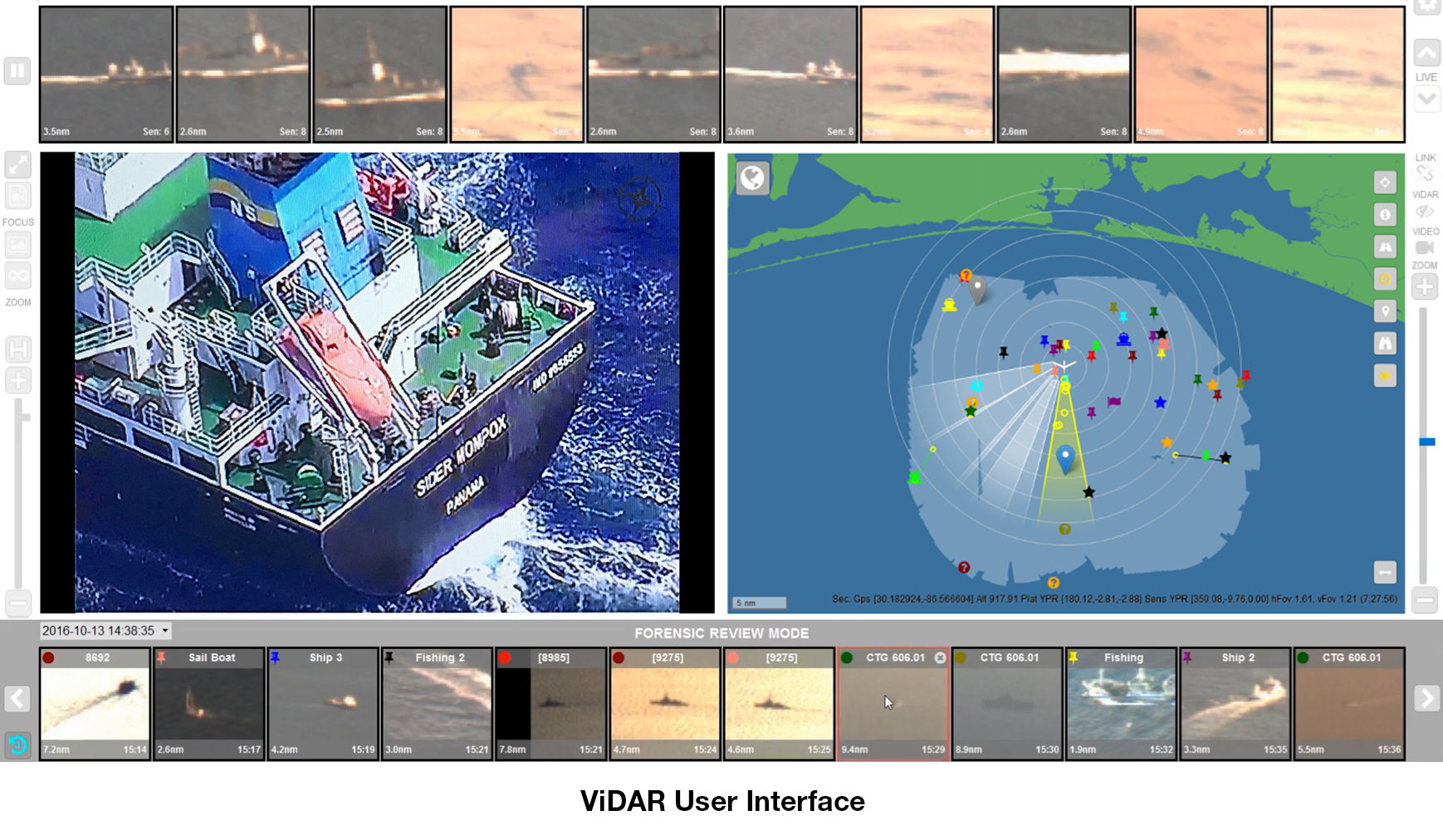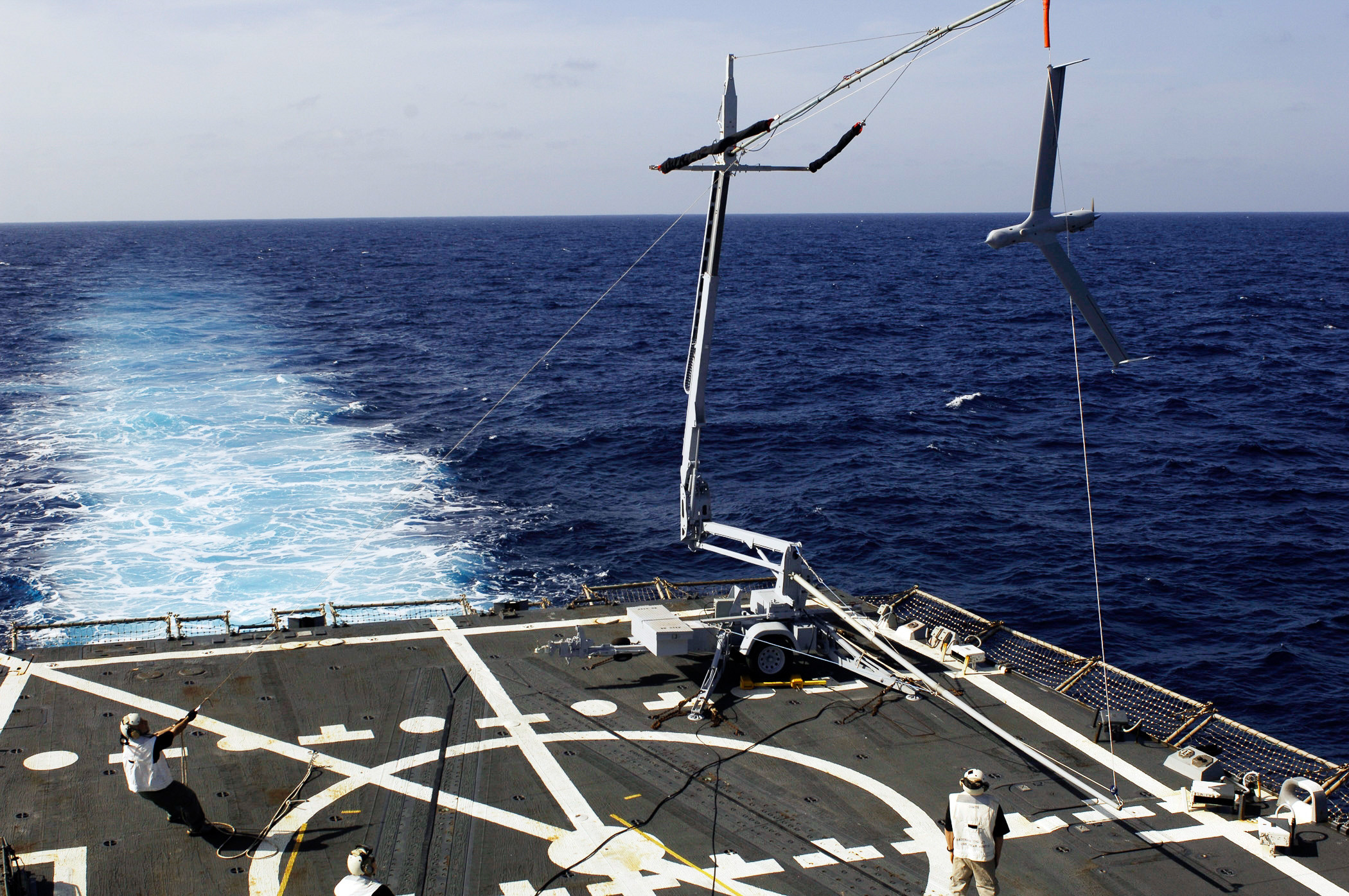Search and Rescue Efforts Aided By ScanEagle
Key Takeaways
- Search and Rescue (SAR) is one of the oldest and most important missions of the United States Coast Guard
- Locating people/vessels in distress, understanding the hazards in the rescue location, and coordinating between rescue assets are all challenges for SAR operations
- Insitu’s long-endurance ScanEagle can search vast areas of open ocean and provide real time situational awareness for rescue operations, all without fuel, range and endurance limitations of traditional SAR aircraft
Full Story
Search and Rescue (SAR) is one of the oldest and most important missions of the United States Coast Guard. Rendering aid to persons in distress and minimizing the loss of life, injury, and property damage/loss in the maritime environment remains a USCG priority. The Coast Guard serves as the maritime SAR coordinator, and their response involves multi-mission stations, cutters, aircraft and boats linked by communications networks.
ScanEagle sUAS helps meet the operational needs of USCG National Security Cutters (NSCs) by providing persistent airborne intelligence, surveillance and reconnaissance (ISR) capabilities, expanding maritime domain awareness and disseminating actionable intelligence. The Coast Guard deploys a contractor-owned, contractor-operated solution to provide UAS capability onboard the NSCs. ScanEagle has proven its reliability as a go-to solution, and since its first installation on USCG NSCs in 2017, ScanEagle has completed more than 2,600 flight hours on 14 NSC patrols, and maintained over 95% MRR for all patrols. In addition to serving a critical ISR role in the USCG effort to combat the trafficking of illicit substances and IUU fishing, ScanEagle has also supported person-in-the-water search and rescue, medical evacuations off marine vessels, and real-time damage assessment for humanitarian relief efforts.
How ScanEagle supports SAR success
In the Bering Sea, the CGC STRATTON conducted a medical evacuation of an injured person on board a fishing vessel. ScanEagle was already in the air when the call was received, then diverted to the fishing vessel location and provided live footage to the H-65 helicopter crew to formulate their medivac plan. In a typical rescue mission there is minimal time to make critical decisions, with time on-scene sometimes less than 5 minutes due to fuel and urgent needs of the patient. ScanEagle’s real-time video allowed the aircrew to better prepare by knowing the physical makeup of the vessel, conditions for hoist operations, and on-scene weather and sea conditions.
U.S. Coast Guard District 17
In the aftermath of Hurricane Dorian in 2019, the largest, most devastating storm to hit The Bahamas, CGC JAMES dispatched ScanEagle to assess damage and search for personnel amongst the wreckage and shorelines. This was the first time the Coast Guard deployed a UAS over land for humanitarian relief efforts. The ScanEagle real-time data assured quicker response times and more thorough planning to rescue people in the destruction and better focus resources on emergent SAR and critical infrastructure needs. On the advantage that ScanEagle affords the USCG in advanced SAR, “It’s a chance for the cutter to be able to push away from their immediate area, not necessarily have to launch a helicopter to be able to see further out,” said Captain Carl Riedlin, USCG Chief of Aviation – AirMed&Rescue. The added surveillance capability allowed the service to focus recovery assets on emergent search and rescue and critical infrastructure needs1.
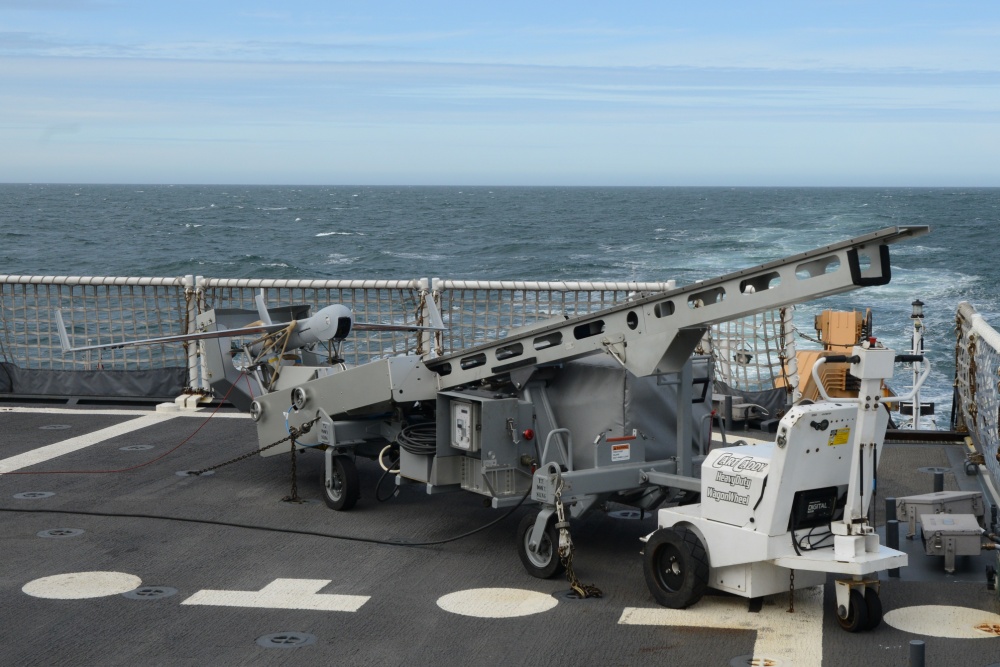
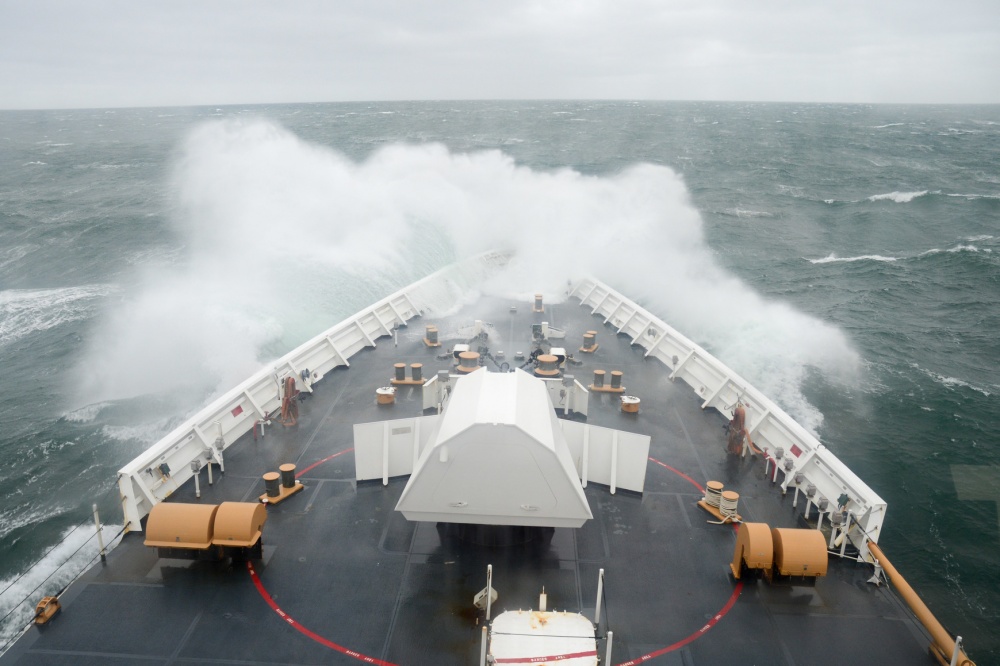
With runway independence, persistent daytime and nighttime ISR, and advanced payload options, ScanEagle sUAS provides superior capability for surveillance, detection, classification and identification of a wide range of targets in the maritime domain. ScanEagle’s endurance up to 18 hours greatly expands the search area from that of a helicopter, and extended time on station allows communication of real-time data critical to SAR success.
Rapid payload integration supports a wide range of missions and search conditions. With cutting-edge technology such as Dual Imager (turret with EO imager and MWIR thermal imager for low visibility), EO950 (telescopic imager), and ViDAR (autonomous maritime surface search), the ability to fly undetectable at low range with low RCS, and stable, encrypted air-to-ground communications up to 55 nm, ScanEagle delivers the ultimate flexibility in a small, affordable package. With over 1.2 million flight hours, ScanEagle is the industry’s most trusted long-endurance sUAS. Insitu’s full suite of ground-up support, training, and deployed operations, as well as tested and mature supply chains, stand behind every system we sell.
More News
Insitu completes ScanEagle installation on USCG national security cutters
January 11, 2021Sources
USCG Office of Search and Rescue
USCG Unmanned Aircraft Systems
DVIDSHub Coast Guard Rescues Man From Golden Alaska
Capabilities Demonstrated
Open Ocean Autonomous Search (ViDAR)
Long Endurance
Maritime Experience
Real-Time Situational Awareness
Long Range
Interoperability
Read more
Success Stories
Combatting the flow of illicit Substances With USCG
The need to increase USCG National Security missions combating the flow of illicit contraband and dismantling transnational criminal organizations.
Read More »Regulating IUU Fishing and Securing EEZ
Exclusive Economic Zone (EEZ) surveillance and enforcement has become a top priority for the USCG and partner navies…
Read More »Demonstrating True Interoperability with RQ-21A Blackjack
What the RQ-21 brings to the fight is a smaller RCS (Radar Cross Section) with a smaller footprint…
Read More »